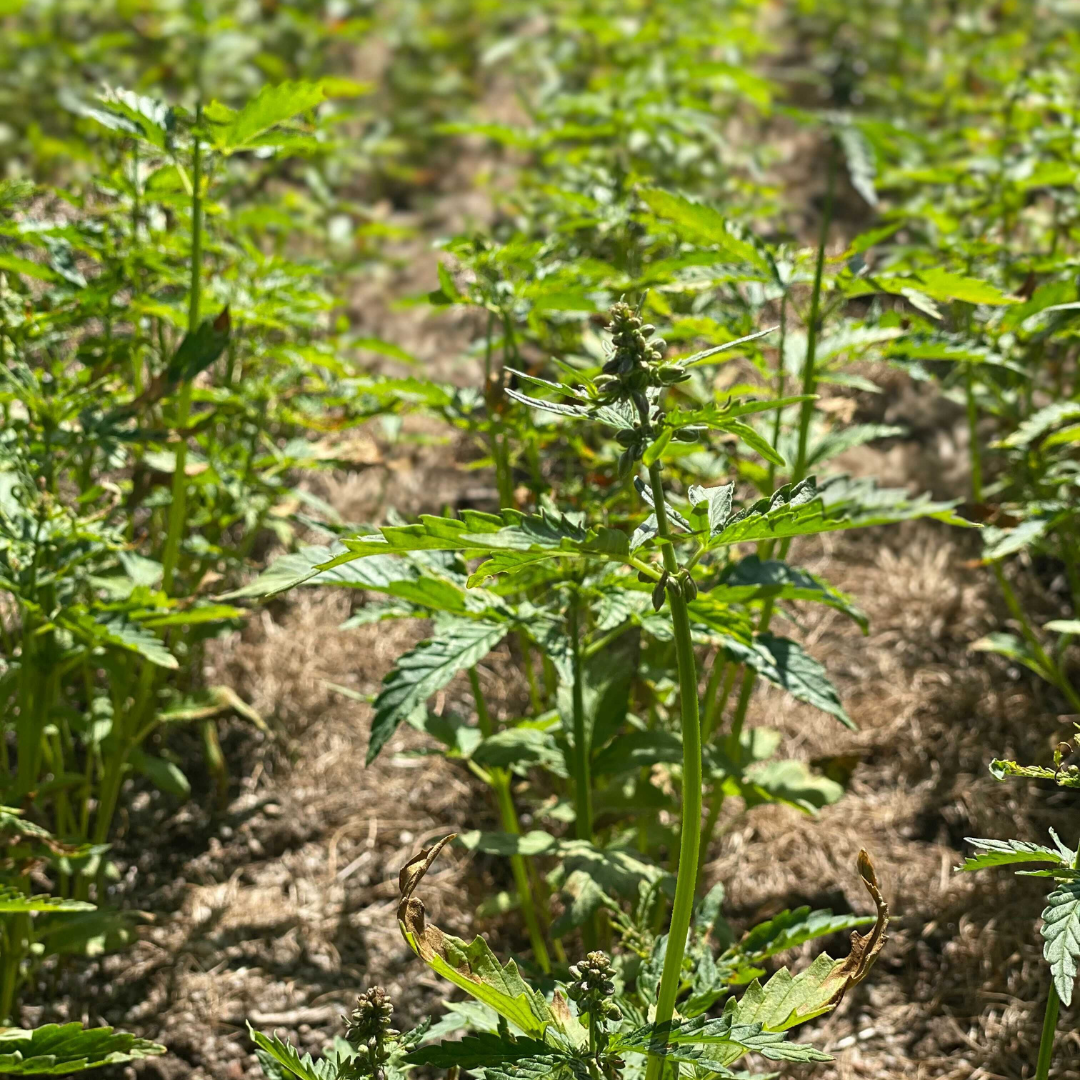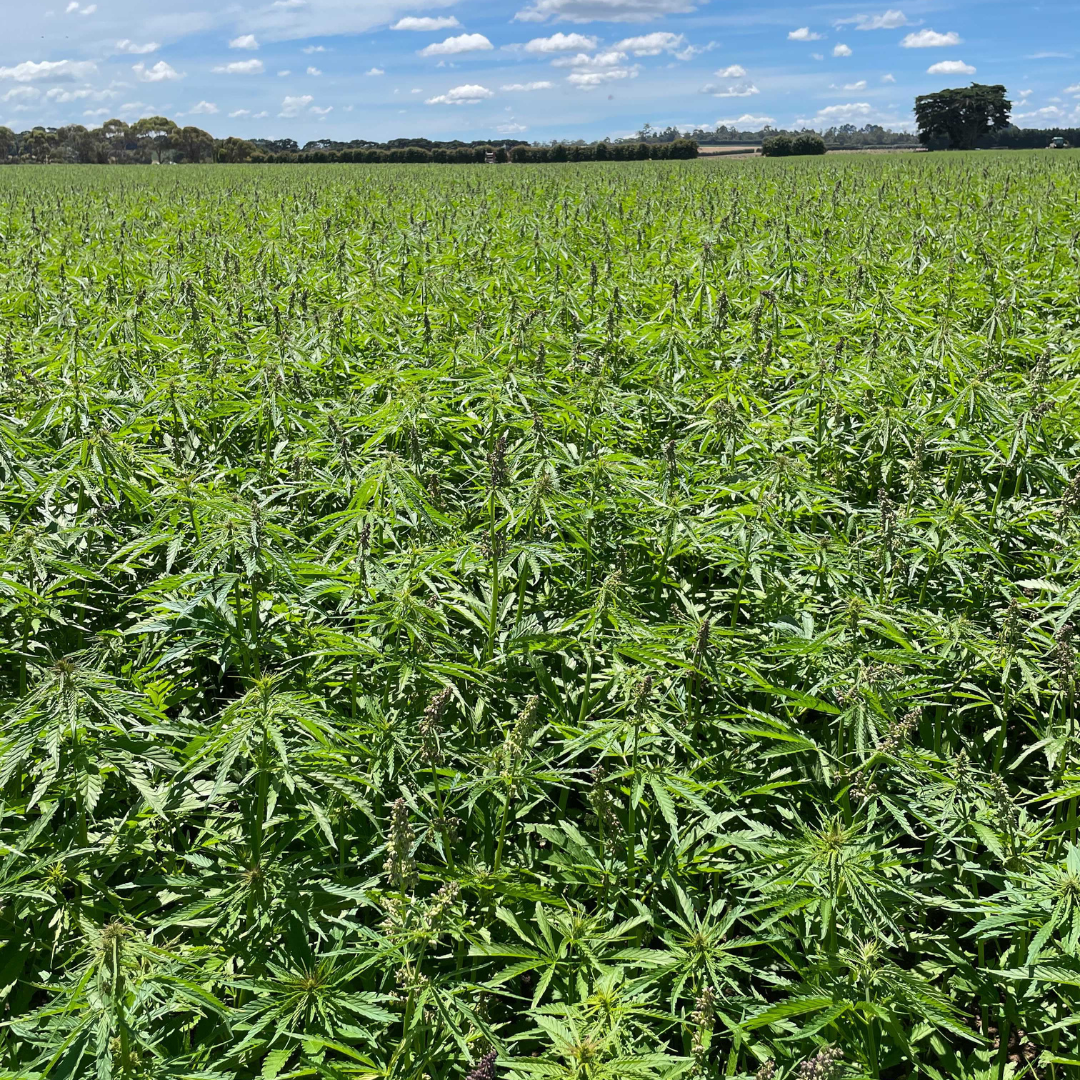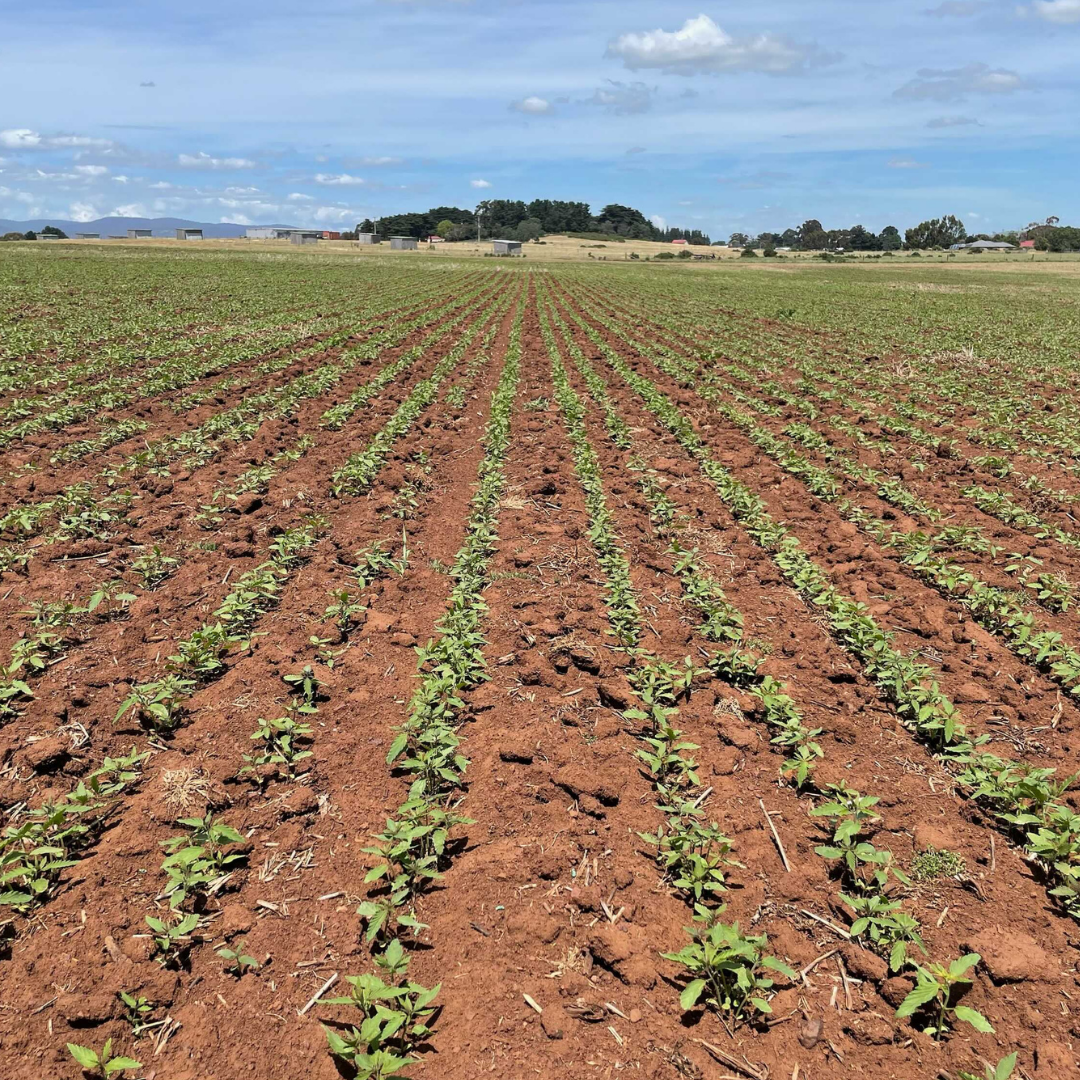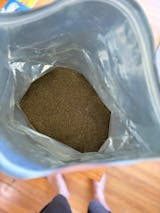
What is regenerative agriculture?
Agriculture is often the centre of climate change debates. And perhaps for good reason, given there’s a clear link between large scale agriculture and greenhouse gas emissions.
But hold up, now regenerative agriculture is taking a seat at the table, which is defined as a system of farming principles and practices focused on the conservation and rehabilitation of the ecosystem.
So, what is regenerative agriculture all about? Why is it important? And what does it look like?
Regenerative agriculture explained
Emissions from agriculture, forestry and land clearing contribute up to 22% of the world’s greenhouse gas emissions. And with a growing global population, higher demand for food and the looming reality of climate change – somethings got to give.
Regenerative agriculture is a method of farming that works with nature, and ultimately, improves the resources we rely on rather than depleting them. It’s largely agreed that regenerative agriculture encompasses improved soil health, increased biodiversity, carbon sequestration, enhanced land productivity, humane treatment of animals and a holistic view of the ecosystem.
Not only does regenerative agriculture endeavor to minimise harm, but it actually reverses it.
With the use of regenerative agriculture practices, we can sequester more carbon from the atmosphere and counteract climate change.
There are enormous social benefits, too, as productive farms contribute to communities and the economy.
So how does it work?
Here are a few examples of regenerative agriculture practices…
Conservation tillage is a broad term that refers to reduced or no-till practices, that can work to conserve the soil, minimise disturbance and maintain the organic matter. Conservation tillage techniques varies based on the crop, soil type and conditions.
When soil is left bare, it can erode and be stripped of its nutrients. Cover crops are rotating crops planted between the main cash crops, which increase soil carbon and organic matter, while counteracting erosion.
Moving from monoculture farming toward polyculture farming (more than one species grown at a time) can add varied nutrients to the soil, leading to healthier soil and better productivity.
Other regenerative agriculture practices include managed livestock grazing, organic farming, composting and mycorrhizal fungi applications.
Given that regenerative agriculture has a focus on minimal disturbance to the ground, there are particular crops that thrive under these conditions. Regenerative crops are often perennials, such as garlic, rhubarb, asparagus, artichokes, raspberries and grapes.
But then there’s an exception: An annual crop, hemp.
Spotlight on hemp: the star of regenerative agriculture
After being legalised in 2017, hemp has slowly risen to fame as a beneficial, useful and nutrient-dense plant. But more recently, it’s been recognised as a powerful tool in regenerative agriculture.
Despite being an annual herbaceous plant, it has a deep root system that helps to prevent erosion and encourage soil microbes. Not only that, it’s fast growing, naturally resistant to many pests, requires minimal chemicals to grow and has the ability to remove more carbon from the air than trees! Plus, it requires much less water than crops like cotton and almond.
At Australian Primary Hemp, we’re dedicated to growing food in a way that enhances the natural environment. We’re committed to raising awareness about hemp and its social, environmental and economic benefits. Plus, we partner with farmers all around Australia that are looking to embrace the benefits of this super seed.
If you’re interested in finding about more about the use of hemp in regenerative agriculture, we would love to hear from you.







